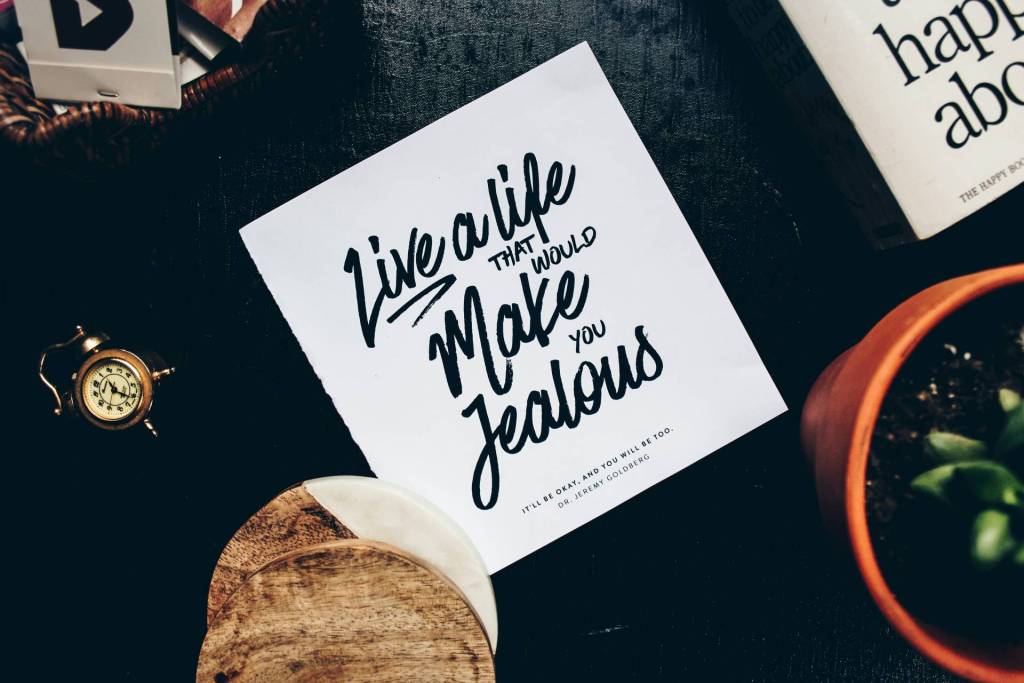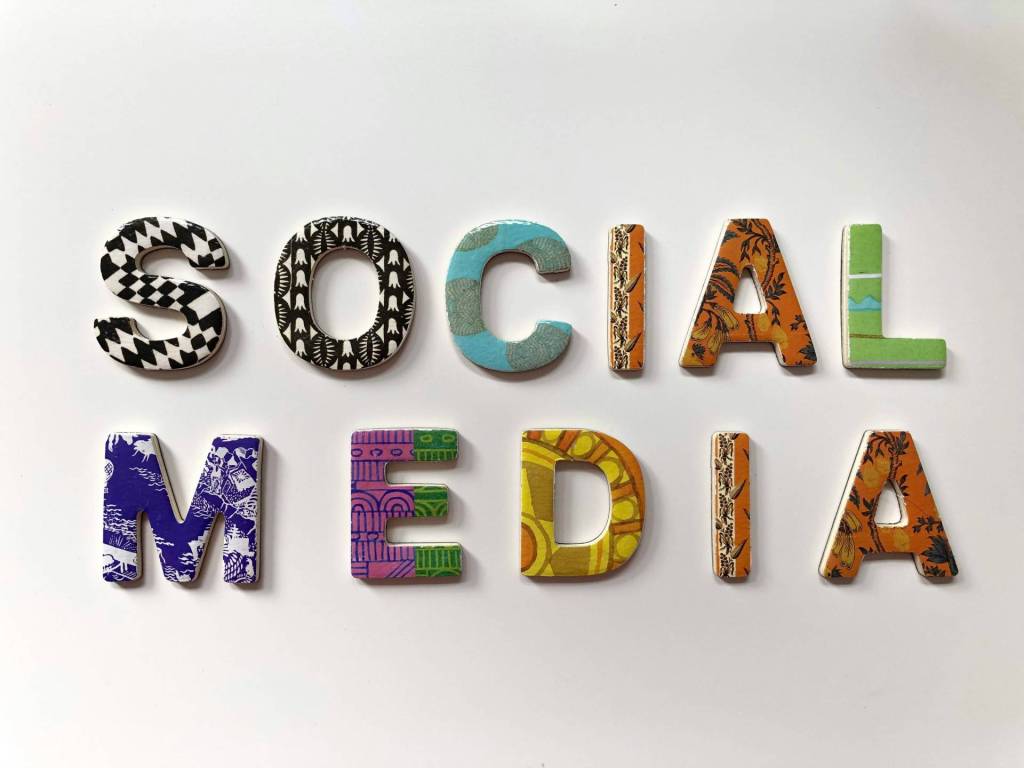Whenever you hear the words “utterly, butterfly, delicious” or see a swoosh mark, what’s the first thing you think of? Be honest.
Whenever you hear those three words, you might naturally think of Amul, “The Taste of India.” Whenever you encounter that distinctive swoosh, recalling Nike to mind is natural.
This is what powerful branding does, improving sales revenue by 23%. The only trick is that you have to be consistent in your branding efforts throughout all your communication channels.
To create cohesive communication, branding all of your user interface (UI) and user experience (UX) assets is critical.
Directly below are seven steps you can take to demystify the correlation that branding has with the user interface and how you can leverage it to optimize the overall customer experience.
Why is branding important for user interface-friendly design?
At the heart of any business, there is just one motivation. Improve customer experience. Be it organization structure change, branding, or better interface design, everything should lead to one goal.
While the benefits of each of these activities may seem obvious, understanding the importance of branding your user interface elements can get tricky.
In a highly competitive market, you’re continuously fighting for attention. The more time you get with your target audience, the better for your brand. But that’s easier said than done. With your audience’s attention span reaching lower than that of a goldfish — eight seconds — creating a memorable impact is getting more difficult every day.
This makes branding every interaction absolutely necessary.
While branding creates familiarity using psychological triggers such as color, font typeface, images, a user-friendly interface makes the interaction appealing to your user. Together, effective branding and UI design can foster a long-lasting relationship with your audience and make you stand out.
In short, branding every step of the customer journey is the strategy behind the UI design of a successful business.
7 Steps to Optimize Branding for User Interface Designs
To make your brand stand out, taking a customer-centric approach is essential. This prepares you for the groundwork of modern-day branding and UI activities.
The ultimate goal here is to develop a set of creative visual assets that will make your brand stand out while still aligning with your target audience’s core interests.
Nowadays, however, when your competitors also use branding as a differentiating factor, this has become more challenging. This just means that you need to think strategically.
Taking a strategic, data-validated approach to creating branded UI designs has multiple steps.
1. Start with audience research.
The first rule of thumb for great design starts with audience research. This means you have to take an inside-out approach. Using an audience persona is a must-have tool here.
But flatly filling in the details of your ideal audience isn’t going to work, either.
The audience you’re trying to reach is comprised of human beings…flesh and blood. This means your approach must be dynamic. Mapping their daily behavior is just one part of the audience research. This only answers the question “What?”
The core motivation of your audience lies in the “Why?”
Try to discover their cognitive conditions, frustrations, emotions, and anxieties during the course of an average day. Draw closer to their world.
An empathy map is a useful tool you can utilize for both branding and UI activities. What your user says, thinks, feels, and does provides tremendous insight.
After you complete your audience research, it’s time to move to the next important element…your competition.
2. Move to competitor research.
Thorough research of competitors is critical for your branded UI success. However, let’s first clear away one common misconception.
Competitor analysis is good secondary research. You’re not analyzing your competitors to be better but to be different. Map your differentiating opportunities to create a sustainable brand. The initial element that you should map in your competitors is how they place themselves in front of their audience.
Are they your direct competitors? Is there a possibility of co-existing in the marketplace? What form of visual perception do they use to communicate with their audience? How often do they do so?
Answering these questions will help you develop your differentiation factor as a brand. This brings you to the next level of work in the successful branding of UI.
3. Define your brand.
This stage is all about finding the gaps in your landscape. Use your audience and competitor research data to come up with opportunities where you can establish your uniqueness. A SWOT analysis is a great tool to utilize here.
The goal here is to be different, no matter how small that distinction might be. Creating a better version of your competitor is only going to lower your brand perception amongst your audience.
A word of caution here. While you’re brainstorming ideas, it’s easy to lose focus on audience needs. It’s always a good starting point to define your brand’s vision, mission, and core values.
Defining why you exist and what you strive to achieve each day. This is a great anchor during the whole process. Remember, you’re trying to create a community here.
Next, you move on to “making your brand human.”
4. Establish your brand’s personality.
At this point, you’ve aligned your core value system with your audience. Now it’s time to put that competitor data to work. Use it to create a unique voice, tone, and diction.
Creating a generic personality is not going to attract an audience. You need to personalize but, if you’re like most brands, your target audience will also have subsets. A youth who is a gym freak and a youth who is a yoga buff are both fitness freaks yet very different from each other.
This makes creating a brand voice that speaks to each of these subsets essential. The key here is to focus, but don’t laser-focus such that you miss out on significant market opportunities.
Now comes the final part of your branding strategy. How do you make your brand communications consistent?
5. Keep your branding consistent.
The first rule of brand consistency is a comprehensive understanding of the brand guidelines amongst all stakeholders. From your marketing and sales teams to your design team to your product development team, everyone needs to be on board with your brand.
A brand book is a great tool to achieve this. Integrate your vision, mission, and core values along with your personality traits for better understanding. But along with that, there are other UI design elements that need to go in your brand book to work. Font face, visual category, icon style, and color scheme can say a lot about your brand. Icons8 provides a detailed insight into the top elements that make a functional brand book.
6. Integrate branding into both user interface and user experience.
Once you’ve created all the collaterals of a brand, it’s “go time.” However, integrating your brand personality into creating a user-friendly UI design is a lot more work than just adhering to color schemes and typefaces. You need to get creative here.
All your creative energy should be driven by creating value for your target audience. A mood board is a great way to make some decisions. Start with drawing inspiration ideas that are in line with your brand voice. This will help you to germinate ideas for your brand style. Align the copy and visuals to form an integrated branding communication system.
Answering the right questions can seal the deal here.
Is your brand positioning intact? Do your interaction icons feel and look like your brand personality? Do your visual aesthetics work to move readers toward your brand? The idea here is to ensure that your audience is subconsciously redirected towards your brand. (Remember the Nike example from the opening?)
7. Bonus Tip
Undergoing such a major shift in designing user-friendly UI designs can be daunting. While you might want to take the proven path detailed above, there is another method to do this successfully. For many reasons, it’s a path less taken.
Instead of taking a strategic path from branding to UI, you can go the other way, from UI to branding. But the goals and motivations would differ significantly.
While the above strategy provides a method for breaking into a more tried-and-true solution for creating branded UI for improved customer experience, the opposite approach uses high-quality UI as a differentiating factor of your overall company branding.
Instead of brand recognition, your UI here works for product virality than dictates your long-term branding activities.
Parting Advice
You already now know why branding is so critical for UI. In a time of chaos and clutter, your branding can bring clarity to your audience. Think of it as “getting your personality on board.” Don’t shy away from being who you truly are in front of an audience.
The modern audience responds to authentic, genuine brand personalities. If your product or service is flawed in some way, let people know that you’re working on it. This will only make your brand and its people more human. At the core, branding is about creating a genuine connection between a brand and its target audience.
If you think your brand still hasn’t reached its full potential, the time is now. Using a branded user interface approach, upping your game can be easier than ever.













